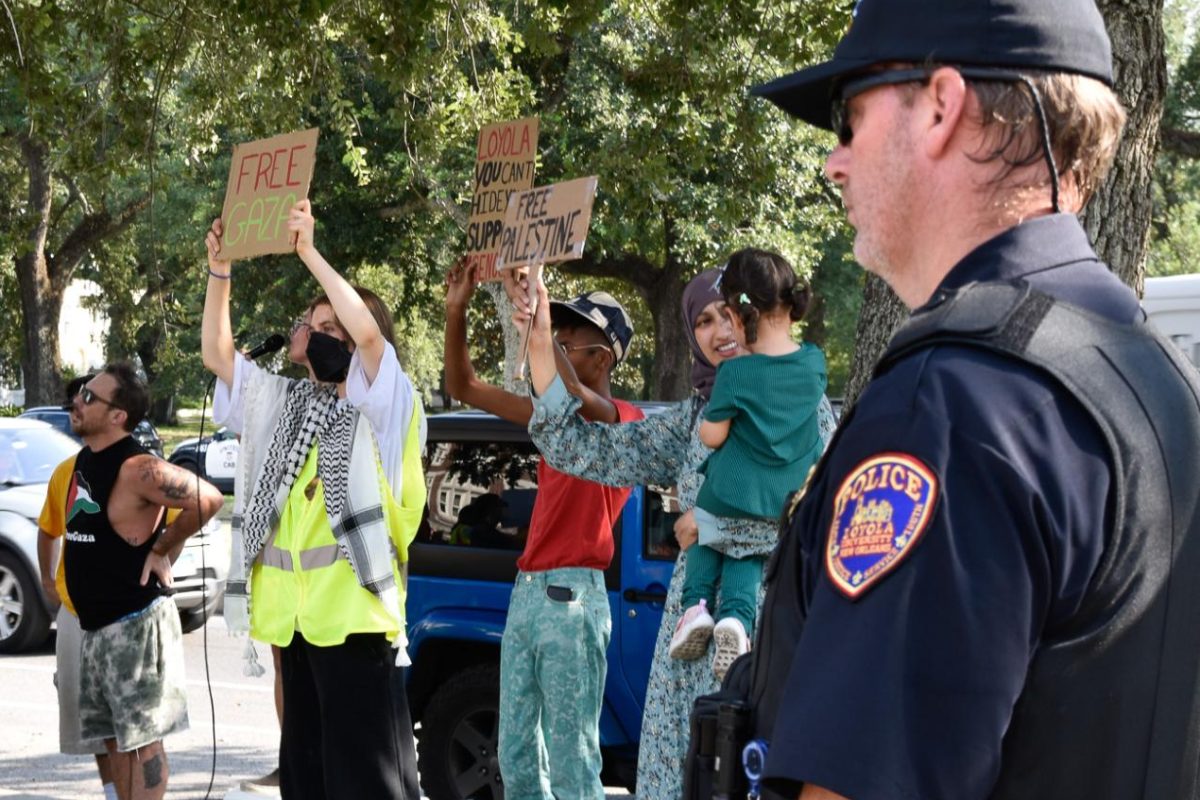According to mainstream economists of every stripe, the cause of the current economic situation is insufficient aggregate demand. By this they mean not enough money is being spent. Not enough by consumers, not enough by businesses and not enough by governments. They believe this, despite the fact that all three groups are in debt up to their ears, especially governments and households. Neither is it important to them whence the money comes (by going further into debt or by printing more money), nor on what it is spent.
This theory originated with John Maynard Keynes in his 1936 book, “The General Theory of Employment, Interest, and Money.” Keynes maintained the cause of depressions is insufficient aggregate demand. In addition, he argued that the cure is for the government, first, to use monetary/credit policy to stimulate aggregate demand by driving interest rates to zero (and, in the process, liquidating what he referred to as the rentier class, or investors) and, second, to use fiscal policy (governmental spending and taxation) to socialize investment in plant and equipment and to stimulate consumption expenditures. According to Keynesianism, increases in governmental deficits and concomitant increases in cumulative governmental debt stimulate aggregate demand and increase economic growth, thereby reducing unemployment.
Every principles of economics book maintains that the fundamental economic problem is scarcity. Yet Keynesianism sees it as an incorrect level of aggregate demand: too much causes inflation and too little causes unemployment. Keynesianism is macroeconomics — the economics of aggregates; it is only microeconomics — the economics of individual behavior — that notes the problem of scarcity.
In the current situation, mainstream economists are confounded. Between the Federal Reserve and the U.S. Treasury they have tried everything they can to stimulate aggregate demand. The Fed has reduced the short-term interest rates it controls to virtually zero. (A zero interest rate is equivalent to saying that scarcity does not exist.) It has also decreased long-term interest rates (in some cases to all-time lows), using a policy referred to as quantitative easing, known as QE. We have gone through two rounds of QE, with a third phase likely sometime later this year.
The U.S. Treasury, implementing laws passed by Congress and signed by Presidents George W. Bush and Barack Obama, has engaged in several rounds of fiscal “stimulus.” These policies have resulted in massive federal deficits and caused the national debt to skyrocket. By any standards, these measures are huge, and yet the economy is mired in the pits with the U6 unemployment rate, which encompasses discouraged workers and the underemployed, over 16 percent for some time.
Neither Fed chairman Ben Bernanke, nor President Obama, nor Treasury Secretary Timothy Geithner has a clue what to do. They think the economy needs to be “stimulated” with lower interest rates and more spending by the government. But many people are, rightfully, fearful of increases in the debt. And the Fed can’t bring short-term interest rates down any lower; nor can it do much, if anything, to further lower long-term interest rates. They have shot their bolts with no positive results, and they have no ammunition left. For Bernanke, Obama and Geithner, it’s panic time.
So, what can be done? Well, there is an alternative theory: Austrian Business Cycle Theory. This theory maintains that the cause of an economic bust is expansionary, governmental, monetary/credit policy that generated the preceding, unsustainable boom. Such policies distort the structure of relative prices, causing resources to flow to those uses whose prices have increased relative to other prices, thereby distorting the structure of production. Scarce resources are misallocated from their best uses, in terms of satisfying individuals’ wants, to less valued uses. The market manifestations of such economic losses are financial losses. Every attempt by politicians to prevent us from having to suffer the consequences of their faulty policies just makes the situation worse.
Economic recovery won’t come until: one, the Fed quits distorting our credit system and interest rates — credit needs to be tighter and interest rates higher; two, governments at all levels cut the actual levels of spending and taxation and balance their budgets — better yet, run surpluses; three, governments eliminate most regulations; and, four, peoples’ property rights are protected and contractual obligations enforced.
Now, none of that is likely to happen. So, the economic future is not bright, especially for young people.
William Barnett II is an economics professor. He can be reached at [email protected]
On the Record is a weekly column open to any member of Loyola’s faculty and staff. Those interested in contributing can contact








